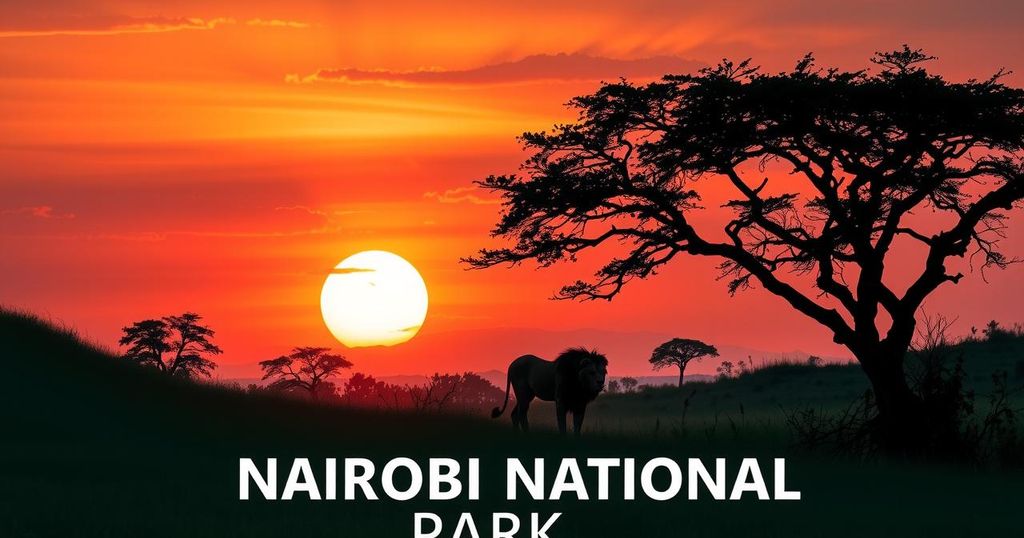Lion Kills Teen Near Nairobi National Park; Elephant Attack Claims Another Life
A 14-year-old girl was killed by a lioness near Nairobi National Park, while a 54-year-old man was also fatally injured by an elephant in a separate attack. Both incidents were attributed to increased human encroachment on wildlife habitats, leading to a call for enhanced safety measures and investment in conflict mitigation by the Kenya Wildlife Service.
A tragic incident occurred near Nairobi National Park when a 14-year-old girl was killed by a lioness. The event took place at a ranch bordering the park, where the lioness jumped over a makeshift fence late Saturday night, according to the Kenya Wildlife Service (KWS). During the attack, the girl was in a house with another teenager, but there was no sign that the victims provoked the lion, reported KWS Senior Corporate Communications Manager Paul Udoto.
After attacking the girl, the lioness fled, prompting the second teenager to raise an alarm. KWS rangers and emergency responders arrived quickly and followed bloodstains to the Mbagathi River, where they sadly found the girl’s body showing injuries to her lower back. Authorities have since set traps and dispatched teams to locate the lioness, while also working on reinforcing security around nearby communities with electric fencing and AI-driven warning systems to alert residents of wildlife movements, Udoto mentioned.
In a separate and unfortunate event on Friday, a 54-year-old man was fatally injured by an elephant in Nyeri County, Kenya. The man was attacked while tending to his livestock, sustaining severe chest injuries, rib fractures, and internal trauma. He was pronounced dead upon reaching the hospital, according to KWS. Both incidents point to the necessity for ongoing investment in measures to mitigate human-wildlife conflicts, as articulated by KWS.
Preliminary investigations suggest these attacks are tied to larger ecological issues and increased human encroachment on wildlife habitats. Udoto explained that the lioness may have been disrupted in her normal hunting patterns due to a lack of prey and rising human activity in the area. Similarly, the elephant’s aggressive behavior might stem from the man’s intrusion into its territory, further illustrating the complexity of human-animal interactions in these regions.
KWS extends its deepest sympathies to the families affected by these tragedies and emphasizes their commitment to enhancing safety for individuals living near wildlife habitats. While lion attacks are rare, making up less than 2% of human-wildlife conflicts, incidents involving elephants are more frequent, particularly during dry seasons as they migrate for food and water, according to Udoto. Such conditions create heightened risks of conflict with nearby settlements.
The recent fatalities near Nairobi highlight the dangers posed by wildlife interactions, particularly as human activity increasingly encroaches on animal habitats. Both the lioness and elephant incidents serve as reminders of the pressing need for improved safety measures and ongoing investment in conflict mitigation strategies. As KWS continues to investigate and respond, the focus remains on balancing human safety with wildlife conservation.
Original Source: edition.cnn.com




Post Comment